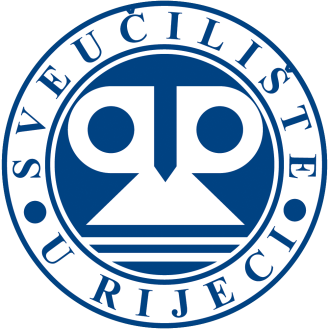The interaction between myeloma cells and bone marrow microenvironment
Principal Investigator: Professor Nives Jonjić
Department: Department of Pathology, Faculty of Medicine
Institution: University of Rijeka, Croatia
Tag: 13.06.1.2.17
Key words: multiple myeloma, microenvironment, angiogenesis, bortezomib
Multiple myeloma (MM) is the multifocal malignant neoplasm of terminally differentiated lymphocytes B in the bone marrow, characterized by secretion of monoclonal Ig. The disease is progressive and at the end leads to organ and tissue destruction. There is variety of clinical presentation, genetic abnormalities and disease outcome. Thus, many prognostic factors have been defined in the past years with the aim of identifying patient's subgroups with different disease progression which require different therapeutical approaches. MM isn't just the disease of cytogenetically transformed myeloma cells, the tumor cells act with the microenvironment as ecosystem which influences pathogenesis of the disease. The disease is incurable however the advances in the therapy have been achieved in the past few years after new medicament applications; immunomodulators (talidomid, lenalidomid) and proteasome inhibitor (bortezomib). The main target of the new drugs isn't just exclusively myeloma tumor cell but bone marrow microenvironment through immuno response regulation, angiogenesis inhibition and adhesion of myeloma cells to stromal bone marrow cells. The aim of proposed research is to define and compare phenotypical and cytogenetic myeloma cell features and microenvironment characteristics in the bone biopsy with regard to patient's response to the therapy, respectively assess and compare microenvironmental factors, angiogenesis and reticuloplasia in the bone biopsy as well as expression of VEGF, NF-kB, Ciklin D1 and Caspase-3 in myeloma cells before and after bortezomib therapy. Proposed research is continuation of former patient's follow up by examining bone biopsies and bone marrow aspirates using immunohistochemical and FISH methods. The assumption is that research results will contribute to the better understanding of the tumor biology and thus possibly the development of the new more effective drugs with particular regard on the interaction between tumor cells and environment stroma and that the bortezomib effect on analyzed parameters of the myeloma cell and microenvironment will indicate their predictive value in patient's response to the therapy.



